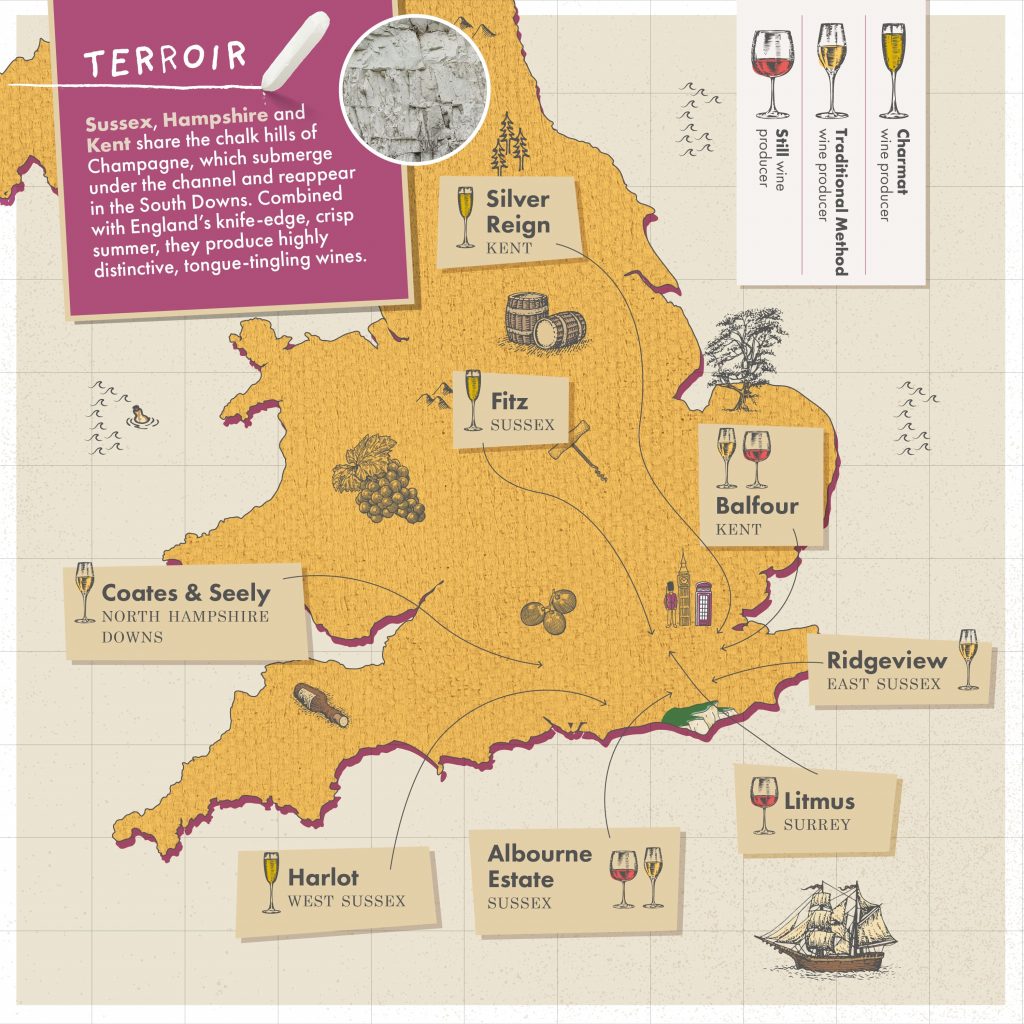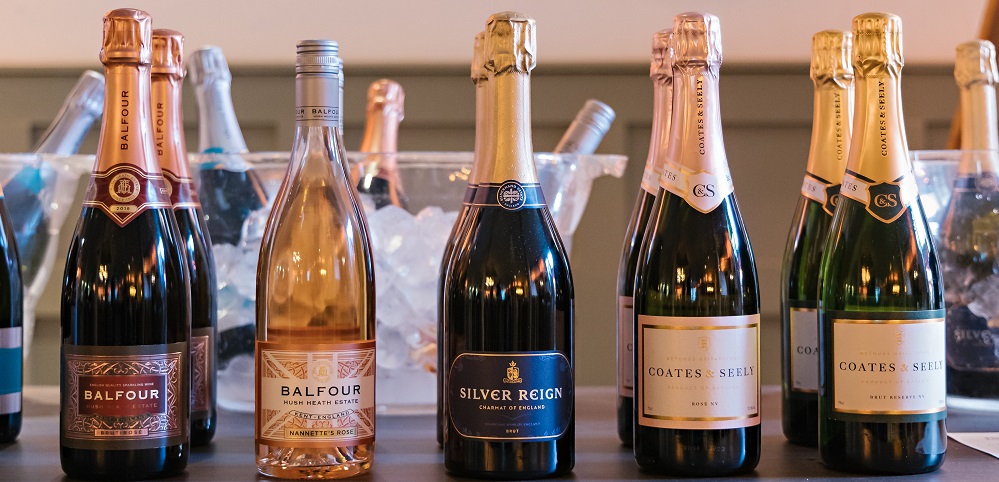
Celebrating English Wine
With English Wine Week taking place from 18-26 June in 2023, we are celebrating our local heroes. From still to sparkling, our English portfolio offers a breadth of wines.
Did you know that there are more than 700 vineyards in England, with 195 operating wineries? Hectarage has more than doubled in in just eight years, proving that the English wine industry is a force to be reckoned with.
Besides sharing the chalk hills of Champagne, England has a mix of soils suitable to viticulture, stretching all the way to Wales and Yorkshire. Soil types include limestone, clay, and green sandstone – a layer underneath the chalk, which is revealed when the chalk has eroded. However, it is the climate that plays a huge part in grapes ripening at the perfect time with just the right sugar levels, producing crisp, dry wines.
Balfour
Set within the rolling hills of Kent, Hush Heath Estate – the home of Balfour wines – began with a simple love of wine, a handful of vineyards, and the will to push boundaries.
What started out as a hobby for Richard and Leslie Balfour-Lynn was soon to see them become some of the most exciting wine producers in the UK. Richard had already planted vines on his country estate before 2008’s stock market crash, but it was this turn of events that saw him pack in his city job to pursue winemaking as a full-time career.
The winery started small, aiming for 10,000 bottles a year – but after shooting to fame with their Balfour Rosé – which picked up a Gold at the 2008 IWC awards, as well as the trophy for Best English Wine, it was clear that things were on the up. The estate remains one of the most beautiful to visit in the UK.
Ridgeview
There are some fantastic producers right on our doorstep, but few can compare to Ridgeview, a world-class sparkling wine producer in England’s South Downs.
In just 20 years, Ridgeview’s wines have become a beacon in the English wine industry and they’ve been awarded over 250 medals and 27 trophies in both international and national competitions. They are also now fully vegetarian and vegan friendly.
A stone (and a half’s) throw from Brighton, Ridgeview’s vineyards benefit from the best of British terroir: clay-loam top soil with a deep limestone ridge to bring crispness and freshness to the wines. Their philosophy is simple: minimal intervention in order to allow the fruit to speak for itself.
Litmus
Based in Dorking, Surrey, Litmus Wines was established in 2008 and is owned and operated by John Worontschak, Mike Florence and Matthieu Elzinga. Winemaker John has been making English wine since 1988 and in 2010, decided to create the first Litmus wine, Element 20.
Litmus’ aim is to highlight the best of cool climate, while moving away from the traditional fruity English wine style. The wines are made from the best fruit from sites spanning Surrey, Sussex, and Essex. They use older barriques and extended lees contact to produce more food-orientated wines. Element 20, a blend of Chardonnay and Bacchus, was their first wine, but it is now joined by an excellent White Pinot, a Pinot Noir and an Orange Bacchus.
Albourne Estate
Inspired by their travels through vineyards across Australia and New Zealand, owners Alison and Nick Nightingale first planted vines in 2010, just eight miles from Brighton, and saw their first vintage come to fruition just three years later. Remaining a family-owned venture to this day, Albourne Estate crafts exciting, distinctive still and sparkling Sussex wine, using only their own handpicked grapes. Vineyards are all located across the slopes of the South Downs, where green sandstone soils, low frost risk and maximum sun exposure all work to combat the notoriously unreliable English weather.
The team at Albourne’s aim is to create premium wines that truly reflect the terroir of their vineyards. To this end, the focus remains on preserving and enhancing the characteristically English crispness, freshness and delicate aromatic qualities of the grapes. The team pride themselves on their ‘green’ winemaking; the winery operates on 100% green energy, largely drawn from solar panelling. They also use green compost and sheep to control ground cover – for which they adopted four orphan lambs. Each one of Albourne’s bottle labels features wildlife seen around the vineyard and winery, all representing their sympathetic approach to the environment.
Harlot
Turning the English sparkling wine industry on its head, Harlot is unapologetically loud, colourful, and full of fun.
Harlot produces a Brut and Brut Rosé, English sparkling wine made in the charmat method. The Harlot Brut shows aromas and flavours of elderflower, ripe apricots and pears, while the Brut Rosé is full of red apples, strawberries and English pears.
Based in Gravesham, Kent, as part of Kentish Wine Vault, there are plenty of plans in the works to expand across all areas of the business, both in England and Provence. The winery has been designed by Norman Foster, and, in line with a five-year-plan, should be fully open in 2024.
Harlot plans to focus on four key areas while challenging the status quo of English sparkling wine: scale, sustainability, infrastructure, and quality. All vineyards are managed organically, utilising techniques such as composting organic waste and collecting rainwater to minimise Harlot’s impact on the environment. Their resources and infrastructure across the UK and France enable them to acquire the most talented team to produce top-notch wines, which deliver consistent quality across the board.
Coates & Seely
When two old friends, Nicholas Coates and Christian Seely, came across the chalk-rich Wooldings vineyard in the North Hampshire Downs, their plan was simple: use traditional Champagne methods alongside cutting-edge winemaking technology to reflect the unique terroir of this corner of southern England.
Just 80 miles north of the chalk hills of Champagne, the area enjoys virtually identical soil, geological structure and a substantially similar climate to its French cousin, which provide the ideal conditions for growing great Chardonnay, Pinot Noir and Pinot Meunier. In the Autumn, grapes are carefully hand-harvested and taken to the winery, where a variety of modern and traditional winemaking techniques are employed, including the use of well-aged French oak barrels and concrete eggs.
Silver Reign
Nestled deep in the Kent countryside lies the Silverhand Estate. Silver Reign reflects their regal heritage invoking King Ludd’s pioneering legacy to bring the unique terroir in the Garden of England to life, producing England’s finest sparkling wines.
Fitz
Fitz is a sparkling wine from England, but not as you know it. Unlike your usual (Champagne style) English sparkling, this fun, fruity fizz is Prosecco-like in taste and price.
With Prosecco sales continuing to boom, up 55% in value and 39% in volume in 2018, three clever wine enthusiasts sort to reclaim some of that territory with something similar but home-grown. And so, in 2016, Fitz was born.
This Charmat method wine – whereby the secondary fermentation is in tank, rather than bottle – is friendlier to both palate and pocket, appealing to those who love a fruit-led, fresh and easy drinking sparkling. And of course, the big added bonus: it comes from England!
